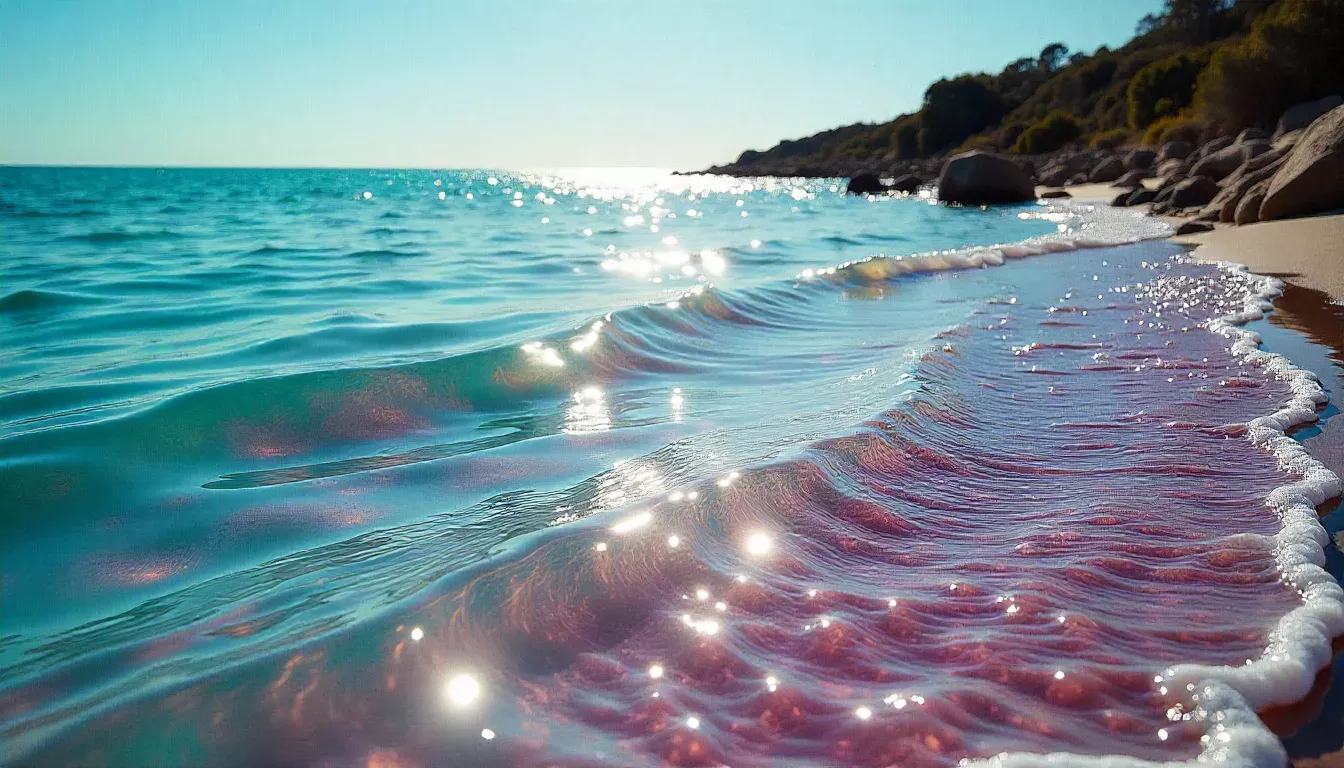
Toxic Algal Bloom in South Australia
Toxic Algal Bloom in South Australia: Causes, Impacts, and Safety Measures
Toxic Algal Bloom in South Australia: Toxic algal blooms are increasing in South Australia, affecting coastal waters, marine life, and local industries. These blooms, caused by excessive algae growth that releases harmful toxins, can devastate ecosystems and pose risks to human health. Understanding what drives these events and how to stay safe is essential for residents and visitors.
What Is a Toxic Algal Bloom?
A toxic algal bloom occurs when microscopic algae multiply rapidly under favourable conditions, such as warm temperatures, calm seas, and nutrient-rich waters. Unlike harmless blooms, these harmful algal blooms (HABs) release natural toxins that can contaminate fish and shellfish, kill marine species, and cause health issues in humans who come into contact with affected water.
Why Is South Australia at Risk?
South Australia’s coastline is known for its pristine waters, fishing grounds, and aquaculture farms. However, environmental factors and human activity contribute to bloom formation:
-
Nutrient runoff from agriculture — Fertilisers entering rivers and estuaries fuel algae growth.
-
Rising sea temperatures — Climate change warms coastal waters, making conditions ideal for algae proliferation.
-
Low tidal movement — Calm seas allow algae to concentrate in one area, increasing toxin levels.
Popular fishing and aquaculture zones like Spencer Gulf and Gulf St Vincent are particularly vulnerable, threatening commercial fisheries, recreational anglers, and seafood consumers.
Impacts on Marine Life and Local Industries
When algae release toxins, the consequences ripple across the ecosystem and economy:
-
Fish and shellfish contamination — Toxins accumulate in seafood, making it unsafe for consumption.
-
Marine life mortality — Fish kills, dolphin strandings, and seabird deaths are often linked to severe blooms.
-
Economic losses — The fishing, aquaculture, and tourism industries face closures, product recalls, and damaged reputations.
Even a single bloom can have lasting economic effects for South Australia, which relies heavily on seafood exports.
Human Health Risks and Safety Precautions
People who swim, fish, or eat contaminated seafood can suffer from symptoms such as nausea, rashes, respiratory problems, and, in severe cases, neurological issues. To stay safe during a toxic algal bloom:
-
Check official warnings from the South Australian Environment Protection Authority (EPA) before fishing or swimming.
-
Avoid harvesting shellfish or eating wild-caught seafood from affected zones.
-
Stay clear of discoloured or foul-smelling water when visiting beaches or boating.
What’s Being Done to Combat Algal Blooms?
The South Australian government and scientific agencies actively monitor bloom activity using satellite data, water sampling, and predictive modelling. Research is underway to develop early warning systems and better manage nutrient runoff from agriculture. Public awareness campaigns also play a vital role in ensuring local communities respond quickly to bloom alerts.
Final Thoughts
Toxic algal blooms in South Australia are an environmental and economic challenge that requires joint efforts from scientists, industries, and the public. Staying informed about the causes, impacts, and safety measures can help protect marine ecosystems, preserve seafood quality, and keep coastal tourism thriving.
Also read –
Best Things To Do In South Australia
Travel South Australia and Explore Adelaide
Wildflower Season in Adelaide, South Australia
Also visit –
Need Help With Your Australian Visa
Stay Smart, Travel More at Big Hostel
